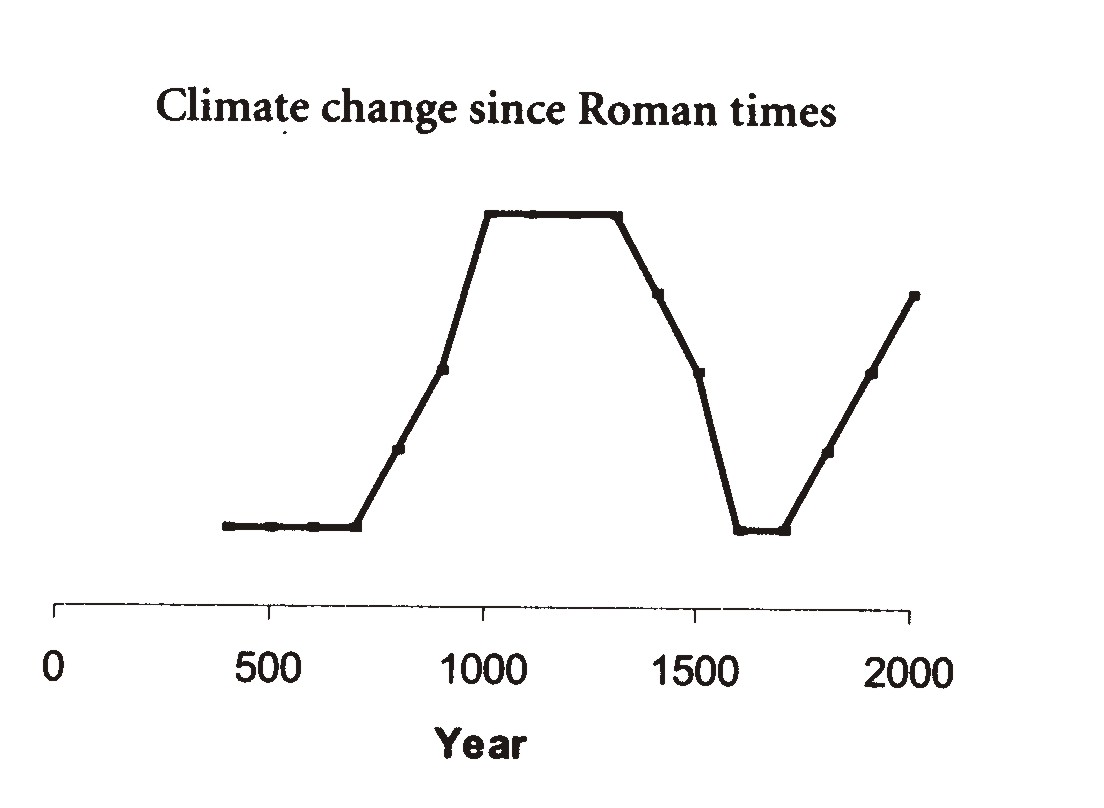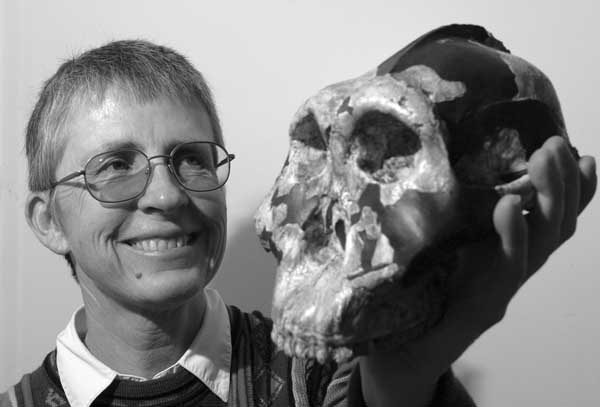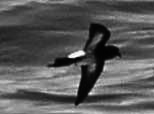Sodium monofluoroacetate (1080) is a proven tool in the New Zealand pest control arsenal, but significant opposition to its use continues, much of it irrational. This article is based on a presentation to the 2011 NZ Skeptics Conference.
There is a brutal battle being waged every night in our forests. It’s our own little horror movie. NZ’s ‘mammal mafia’ of possums, stoats and rats has been accused of devouring more than 26.5 million birds in native forest annually. Landcare Research scientist Dr John Innes, quoted in the Waikato Times, said it was time opponents of 1080 “… got real about the facts. Most endemic forestbirds are disappearing because of predators – millions of forest birds are being killed by mammals every year.”
Myth One: Its all about 1080
No, its not. The real issues are around protection of our natural heritage, and while we do win many battles, it’s the war that still needs to be won. We know that where we do intervene we make a positive difference and we support a wide range of private initiatives, recognising we need all the help we can get.
Quite simply we have a toolkit approach to pest control and we used the best tool to fit the type of country and the type of pests we are trying to manage. 1080 is a crucial part of this toolkit. It is the only toxin registered for aerial control on the mainland, and it complements a range of other toxins and the widespread use of trapping.
Its main use is on difficult, challenging country where the costs of ground control, whether by toxins or trapping, are double or treble the cost of aerial 1080 use. For example in the case of the Cascade Valley in South Westland, trying to do pest control by ground methods would have cost an extra $1 million and we have the quotes to prove it. It can be applied over 25,000 ha in a single day and is highly effective, often achieving 99 percent kills.
But DOC is not addicted to 1080. DOC does around 550,000 ha annually of mammalian pest control and less than 30 percent is delivered by aerial 1080. In terms of stoat control, over 250,000 ha are controlled by ground trapping.
Myth Two: We need an independent inquiry
Why? We have already had two and both reconfirmed the need for 1080. Indeed the Parliamentary Commissioner for the Environment (PCE) 2011 report went further than the Environmental Risk Management Agency’s (ERMA’s) 2007 review, and said we should be using more of it.
“My underlying concern is the decline in bird populations. In the future, the only place native birds will exist is on protected offshore islands and mainland sanctuaries. Without good pest control we will move to the functional extinctions of populations, where numbers are so low they are not viable,” said Dr Jan Wright, the current PCE.
Myth Three: We are poisoning paradise
Well if we are, we’re doing a terrible job of it. What does the science tell us?The latest studies on 1080 in soil measured degradation at 20, 10, and five degrees. Even at five degrees, 1080 disappeared in six to eight weeks (Dr Penny Fisher, Landcare Research). So the soil is not being poisoned and there are no lasting impacts from 1080 drops.
In a normal aerial 1080 drop there would be a pellet every 32 square metres and only 0.15 percent of each pellet is poison. A week after an operation it can be hard to find any 1080 pellets.
The pellets all biodegrade, and how long they remain depends on the rainfall and temperature. Importantly, 1080 does not bio-accumulate and does not persist in the soil. Studies show that no 1080 residues will remain and some of the most productive wildlife areas, for example the East Taupo forests such as Pureora and Tongariro, have had multiple 1080 drops.
The user agencies have also got much better at application. The dose rates have dropped over time from 20 kg to two kg (and some promising science research may allow us to drop it further( and the use of GPS systems specifically modified for NZ keep helicopter overflies to a minimum.
Myth Four: What about the water then?
The dispersal of 1080 in water after operations has been studied for nearly 20 years and there have been over 2400 tests. Over 96 percent of the tests showed no detection at all, and where there were slight traces, these soon dissolved and there have been no impacts on human health.
The most authoritative work on breakdown in water has been done by Alastair Suren of the National Institute for Water and Atmosphere (NIWA). His water trials show that after five hours half the 1080 was lost with the concentration down to 10 percent of original after 24 hours. The baits themselves remained intact for 48 hours and by 72 hours fragmentation was occurring.
Myth Five: It’s impacting on human health
1080 is a poison and must be managed accordingly. All risk is relative and nothing can be guaranteed as totally safe. What the department is saying is that the risks to health from 1080, for a population or an individual, are insignificant in a well managed operation done under strict protocols. Most New Zealanders will never come in contact with 1080. In terms of human health risks, the people who would be most at risk from using 1080 are those who process it into cereal baits and other formulations at the factory in Whanganui.
The workers’ health is being monitored closely. The department also runs a random testing system for aerial 1080 operations to ensure staff using the product are protected. There has only ever been one death from 1080 in NZ and that happened to a possum trapper in the 1960s. It is possible that he mistook the raspberry-based paste for something edible but it is not really known.
Myth Six: You can’t prove it works
Of course we can. There are a wealth of field and working reports done by staff showing the benefits of 1080 (see sidebar). The department currently has an active science research portfolio, focused on the impacts of 1080, partly as a response to recommendations made by ERMA.
These include a forest monitoring project to look at forest recovery in the wake of 1080, a study of the impact of 1080 on kea, and a three-site trial looking at the benefits and risks for a range of native birds, when using aerial 1080 for rat and stoat control. These will be formally published. The results so far from the latter trial are very encouraging and confirm what we have been saying.
• 14 kaka nests were monitored through the last 1080 drop in Whakapohai in South Westland, seven in the 1080 zone, seven in nearby areas that had not had 1080 for two or more years.
Four of seven nests fledged in the 1080 area, only three of seven fledged in the non-1080 – not much difference, but two nests in the non-1080 area were taken by possums and one by a stoat. No mammalian predators were identified killing nests in the 1080 zone though a kea got one of them.
• 36 riflemen were monitored through the last 1080 drop in Whakapohai. All survived. This is the first time riflemen have been monitored in 1080 drops.
• Comparing bird counts in two of the blocks that get 1080, and the other block that gets none, Kaka were heard nine times more often in the 1080 area, bellbirds six times more often. Kakariki and tomtits were heard significantly more often in the 1080 area, but the difference was not great.

Myth Seven: DOC ignores the native species by-kill
It certainly does not. We have always acknowledged that there may be a small by-kill but argue strongly that the benefits will comprehensively outweigh the losses – a claim which ERMA endorsed in its 2007 report on 1080. Eleven species of native bird have been intensively monitored, and several other bird species monitored using less precise techniques. None of these studies have identified population level mortality which threatens the viability of the species.
Kea are a concern. We know that in low predator environments kea will have 80-100 percent fledgling success, but in high predator environments this will be well below 40 percent.
We do lose birds, and the real question is whether individual losses can be made up for by fledgling successes.We recently lost seven kea in Okarito out of a total of 38 being monitored for the recent aerial 1080 operation which was aimed at protecting rowi, the country’s rarest kiwi, in their habitat.
The operation itself, over 30,000 ha, has been wonderfully successful in reducing rats by 99 percent and stoats just hovering above zero, so this should allow for a much greater fledging success not just for kea but for kiwi.In two previous 1080 operations where kea have been monitored we lost none at all.
Invertebrate populations have been monitored in nine aerial poisoning operations and none have shown significant population effects on any species studied, nor is there evidence to suggest poisoned invertebrates are a significant factor in secondary poisoning of other animals. Long-term monitoring of native land snails indicates substantial benefits to threatened populations in sites treated with aerial poisoning.
Myth Eight: It is not a humane poison
It can take the best part of a day for a possum to die from 1080. This is rated by most authorities as a ‘moderately humane’ toxin. The other element is to focus on what the bait is trying to achieve, which in the case of 1080 for conservation, is trying to protect our most vulnerable species. It is certainly more humane than the brodifacoum that goes into the common household Talon bait for rats, which can take four days to work.
Myth Nine: You don’t do any work on alternatives
Just two examples provide the comprehensive rebuttal to this claim. DOC, in conjunction with private firm Connovation has just produced a toxin specifically for stoats, known as PAPP. It’s the first stoat toxin ever produced and together we have invested over $1 million. It is humane, quick acting (30-45 minutes) and it works very well.
The government and the Green Party agreed to invest $4 million over three years into our self-resetting trap, which allows a trap to be reset 12 times. If successful and large-scale trials are going on, this should significantly improve the cost/efficiency of ground control. Overall the government has invested $3-4 million annually in new and improved methods of pest control.

Myth 10: We can do it all by fur trapping and promote an industry as well
The Department is committed to working with the possum fur harvesting industry so long as conservation objectives are not compromised. The reality is that there is often an inherent contradiction between trying to eliminate possums as the undoubted pests they are, and the needs of the possum trappers to have enough animals to make their industry economic. For the 1080 user agencies, the driver for the possum control operations is to slash numbers to as low a level as possible.
The current situation on public conservation land is that generally our possum contractors are able to recover fur if they so wish. Some do but most don’t because of the nature of our performance-based contracts and the need to do the job as promptly as possible.
Beyond this, there are literally millions of hectares of both public conservation land and private land, which are not subject to possum control management, and where possum fur trappers can go right now to get fur if they wish. They can get a permit from their local DOC office or get permission from the individual landowners and away they go. Fur price is the main driver of activity and the recent price lift to $135/kg has seen more trappers chasing the fur.
The Department is also working closely with the industry to extend its balloting system, which allows fur trappers not doing pest control the exclusive right to harvest possums off individual blocks of land for 4-8 months, thus giving them some business certainty.
In conclusion, if we didn’t have 1080 available for pest control we would have to invent it. But it is not a silver bullet and must be respected as the poison that it is. The real tragedy of 1080 is that its impact doesn’t last long enough.
1080 Success stories
• Kiwi populations in Tongariro Forest were boosted following a very successful aerial 1080 pest control operation in 2006.

• Mohua (yellowheads) were under threat from predators at the head of Lake Wakatipu. Ground operations controlled stoats, but 1080 aerial control in 2007 and 2009 was needed to control the threat from rats.
• An aerial 1080 pest control operation in Kahurangi National Park’s Anatoki River area in October 2009 significantly reduced predator numbers, curbing an expected explosion of rats and stoats.
• 1080 has been used once every four years to suppress possums in the Otira forest.
• A study during a rat plague in Fiordland in 2006 showed much reduced levels of rat predation on bats in areas treated with 1080.
For more details on these and other examples see TrakaBat’s channel on www.youtube.com


 >
>
